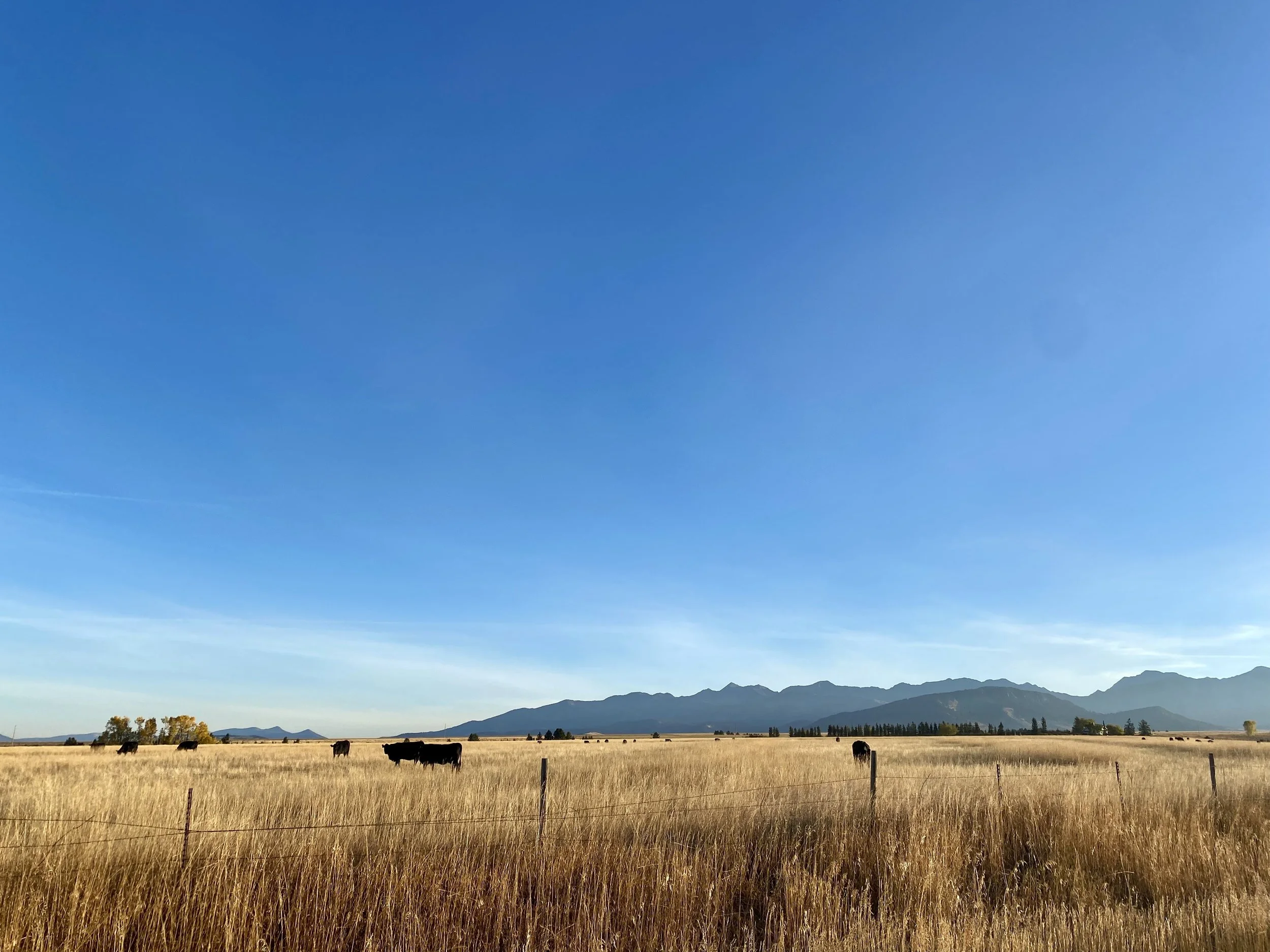From September 2021 through August 2022, the Montana Association of Conservation Districts, Montana Watershed Coordination Council and partners reached out across the state to ask: What more might be done to better support farmers and ranchers in managing soils in Montana? Throughout much of 2022, I had the opportunity to contribute toward this effort, called Montana Soil Outreach, by facilitating a group that met weekly and ultimately created and implemented a strategy for best answering the question above.
Participants in the project included farmers, ranchers, and individuals representing organizations such as Northern Plains Joint Venture, NCAT, NRCS, Montana Association of Conservation Districts, Montana State University, MSU Extension, Western Sustainability Exchange, among others.
The group diligently met with the collective purpose to increase the pace and scale at which land stewards implement voluntary practices and systems to maintain and improve soil health, and thereby the long term economic and ecological vitality of agriculture in Montana. And in September 2022, JG Research produced a report, which encompassed what was learned as well as recommendations that emerged from the effort.
One of the major takeaways from the effort, both for the group at large in hearing from participants in the process as well as for me specifically in facilitating the group, was the hunger for community, for connection, for conversation with people who share common concerns and cares. I experienced this resonate desire in action as people gathered week after week, month after month for our ongoing calls. And it rang true in conversations across the state, so much so that the need for networks ended up as a key recommendation of the report.
“While the survey was focused on soil health metrics and tools to improve soil health, the focus group conversations centered on the centrality of personal relationships for ranchers and farmers in making decisions about soil management practices. Themes of peer-to-peer producer learning and collaboration, tradition and the status quo, and generational succession have so far turned out to be some of the most important drivers of changes in soil
management. Most notable from the focus group discussions were the positive impacts on the lives of farmers and ranchers and their families that came from addressing their soil health. These changes have added stability and diversity to people’s livelihoods, and impacted their happiness and quality of life, and the excitement to connect with peers and have meaningful conversations on these topics was apparent.”
Many poets have made metaphor out of the connection that soil provides - to each other, to other living things, and to life itself. And in playing a role in the overall effort of the Montana Soil Outreach, I felt those metaphors. I gathered on zoom with people I had not known before this work and we talked about the fear many faced with drought through winter, spring and early summer. Tears were shed as we talked about the mental health toll we have experienced ourselves or seen in our neighbors. We supported each other as people in the group made professional decisions to change jobs or directions in life. We celebrated and grieved together as individuals in our group experienced life milestones like a wedding or the death of beloved pet. We grew beyond the confines of our weekly agendas and showed up with grace for each other in the exhausting small stressors of life like sick kids at home for the countless time in a row or sleepless nights during the doldrums of lambing season.
And despite all of the challenges identified and barriers discussed, I felt (and still feel) a wave of hope. Even in how the work of asking the question was done, we supported each other, the people supporting the people managing Montana soils. And in that spirit, I trust good things will continue to come.
If you are interested in continuing to follow the dialogue regarding soil in Montana or join the conversation, many of the findings and recommendations are incorporated as key elements of the programming at the upcoming Montana Soil Health Symposium.

